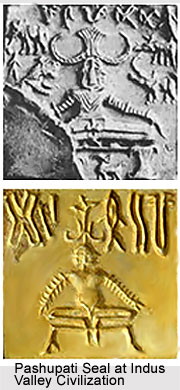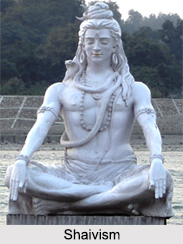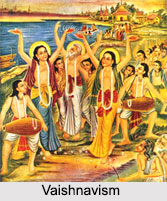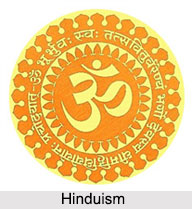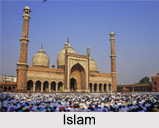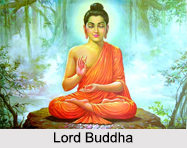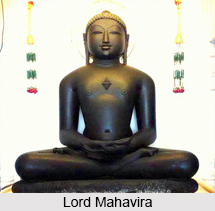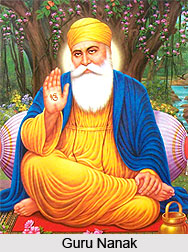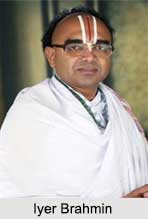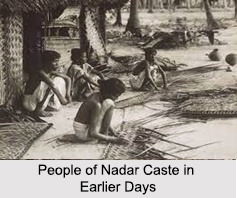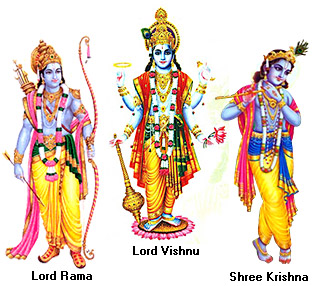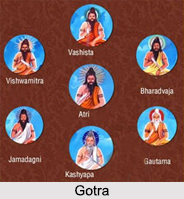Brahman is regarded as the Sariri of the universe by virtue of its control over all beings in the Universe. Sariri itself means the Universal Self. The word Atman always refers to a sarira or body as its counterpart just as a physical body is always associated with a jiva or soul. In the case of the Paramatman as the sariri, the entire universe comprising both sentient souls and non-sentient material entities constitute His body (sarira). This is what is implied in the Antaryami Brahmana.
How can earth, water etc., be body of Sariri? Ramanuja furnishes the answer by explaining the proper and fuller implications of the term sarira used in the passage repeatedly twenty-one times in respect of both the physical elements such as earth etc., and the sense organs such as mind, Prana and the spiritual entity such as Jiva (soul). The word sarira understood in the ordinary sense as the aggregate of physical components with a mind and the sense organs and also as the media of action as well as experience do not apply to any of the entities included in the Upanishadic passage. Even among living beings, there are great variations in respect of the pattern of the physical components such as in the case of a worm, reptile, tree etc., as compared to human body.
In order to fit in with every kind of the entity in the universe both physical and spiritual, Ramanuja offers a correct definition of sarira. Any substance which a sentient self can completely control and support for its own purpose and which stands to that self in an entirely dependent relation is called its sarira. This definition has several important implications and brings out the metaphysical relation of Brahman to the universe. The concept of sarira implies four factors. Firstly, only a substance (dravya) in relation to a spiritual entity (cetana), which may be either jivatman or Paramatman, can be qualified to be a sarira. Secondly, it is to be supported by the sentient being wholly and all the time (sarvatmana). Thirdly, it is to be controlled by the latter at all times, unlike the relation of a dependent servant on his master. Fourthly the substance should sub serve the purpose of the spiritual being.
There are three concepts involved in this relationship: adhara adheya (the sustainer and sustained), niyanta-niyamya (the controller and controlled) and sesi-sesa (the master and the subservient). In the light of this explanation, all the sentient and non-sentient beings are regarded as the sarira of Ishwara in the technical sense. The former are wholly dependent on the latter for their existence (satto), they are completely controlled by Ishwara; and they also subserve the purpose of the Supreme Lord. Ishwara is called the sariri or Atman because He, as has been explained earlier, is the main support (adhara) for the entire universe of cit and acit; He is the controller (niyanta) and He uses it for His own purposes (sesi). The adhara adheya concept brings out the ontological relation of Brahman to the universe. The niyanta-niyamya idea explains the spiritual and moral aspect of the relation of Brahman to the individual souls. The theory of sesi-sesa brings out the teleological relation of the universe to Brahman.
Thus Brahman is the Universal Soul or sariri, which is its distinctive characteristic according to the Visistadvaita Vedanta.
